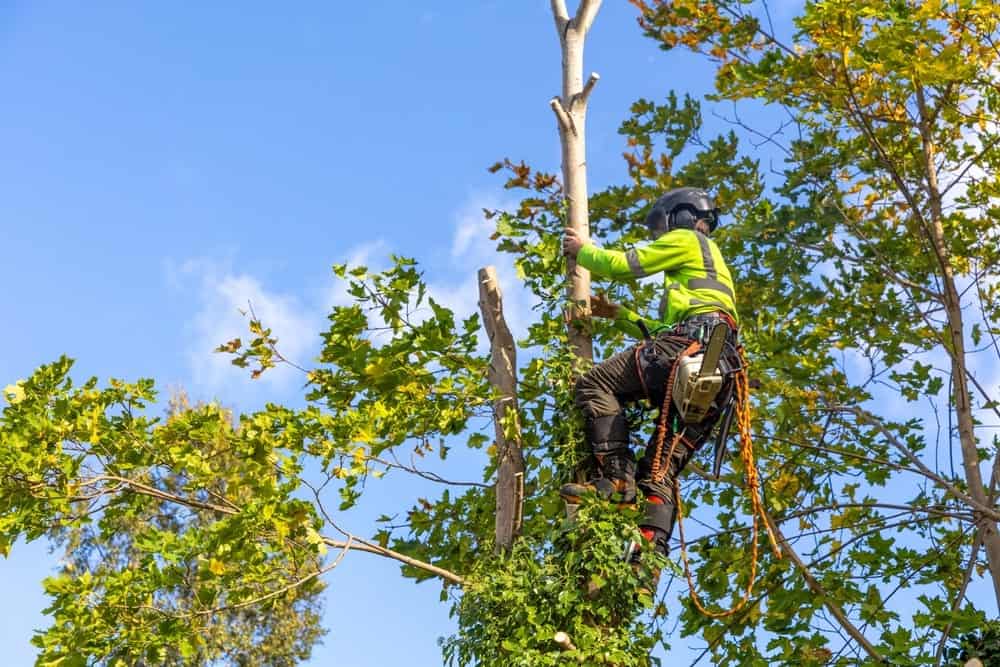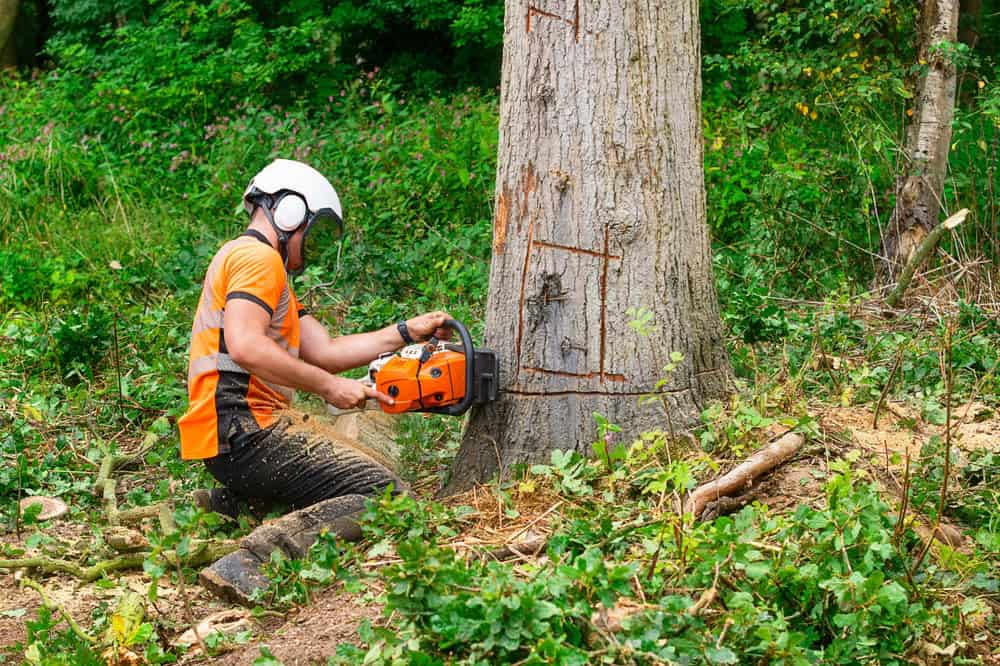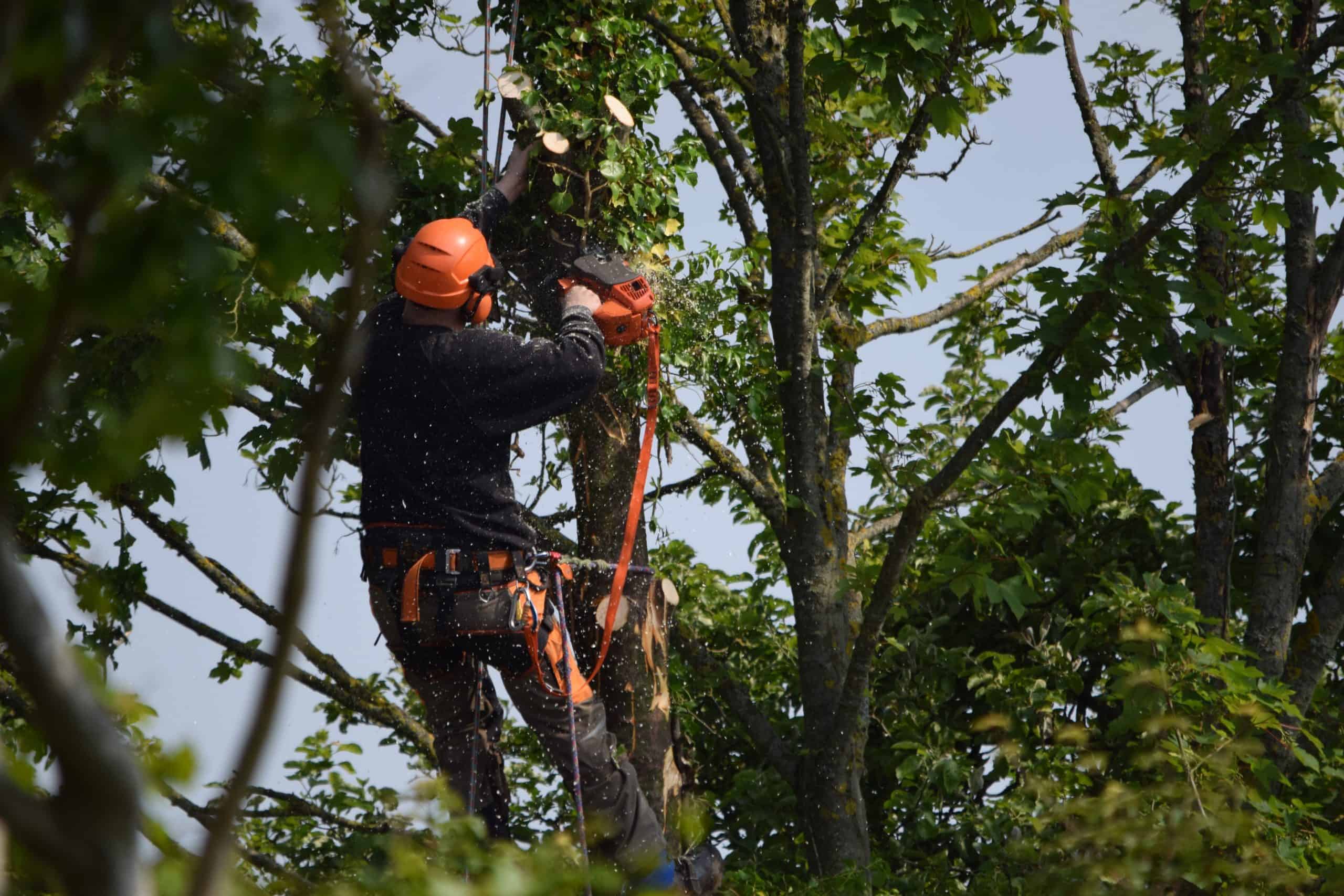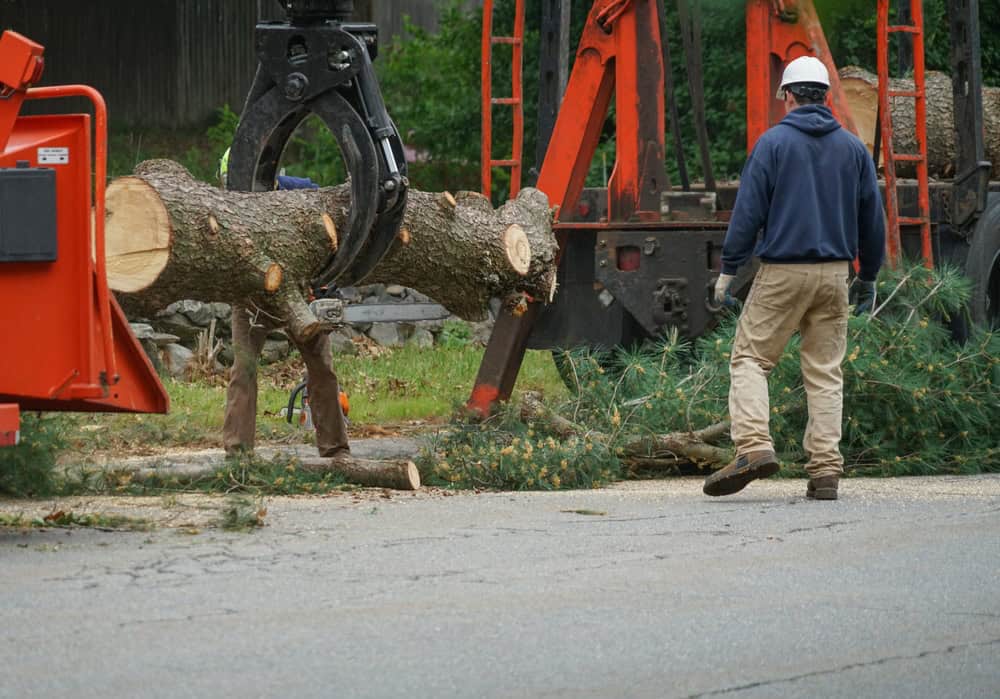Tree Removal in West Babylon, NY
Safe Tree Removal That Protects Your Property
Professional tree removal services with complete cleanup, so you get peace of mind without the mess or risk.


Professional Tree Cutting Services
That dead tree hanging over your roof stops being a constant worry. You’re not wondering if the next storm will send branches through your windows or if that leaning oak will finally give way.
When a tree needs to come down, you want it done right the first time. No damage to your fence, your neighbor’s car, or your landscaping. No half-finished job where you’re left dealing with massive logs and debris scattered across your yard.
You get a clean, safe removal where the tree comes down exactly where it should. Your property stays protected, your yard gets cleaned up completely, and you can stop losing sleep over what might happen during the next windstorm.
West Babylon Tree Company
Miguels Tree Service has been handling tree removal throughout West Babylon and Long Island for years. We understand how coastal storms affect local tree species and know which trees pose the biggest risks to homes in the area.
Our team consists of licensed arborists who’ve seen every type of tree emergency this region throws at homeowners. From massive oaks damaged by nor’easters to pine trees that have outgrown their space, we handle removals that other companies won’t touch.
Every job comes with full insurance coverage and the experience that comes from working in West Babylon neighborhoods day in and day out.

Tree Removal Process
First, a certified arborist evaluates your tree and the surrounding area. We identify potential hazards, plan the safest removal approach, and give you a clear timeline and cost estimate with no surprises.
On removal day, our team arrives with professional equipment and starts by sectioning the tree from the top down when needed. For trees in tight spaces, we use specialized rigging techniques to control exactly where each piece lands. No guesswork, no crossed fingers.
After the tree is down, we handle complete cleanup including hauling away all debris, grinding the stump if requested, and leaving your yard cleaner than we found it. You’re left with a safe property and one less thing to worry about.

Ready to get started?
Complete Tree Disposal Services
Your tree removal includes the complete job from start to finish. Our team handles all cutting, rigging, and safe removal techniques needed to get the tree down without damaging your property or landscaping.
All debris gets hauled away as part of the service. You don’t get stuck with a pile of branches and logs to deal with. The cleanup is thorough, including smaller twigs and leaves that other companies leave behind.
Stump grinding is available to complete the job entirely. Many West Babylon homeowners choose this option to reclaim their yard space and eliminate the tripping hazard and eyesore that stumps create.

